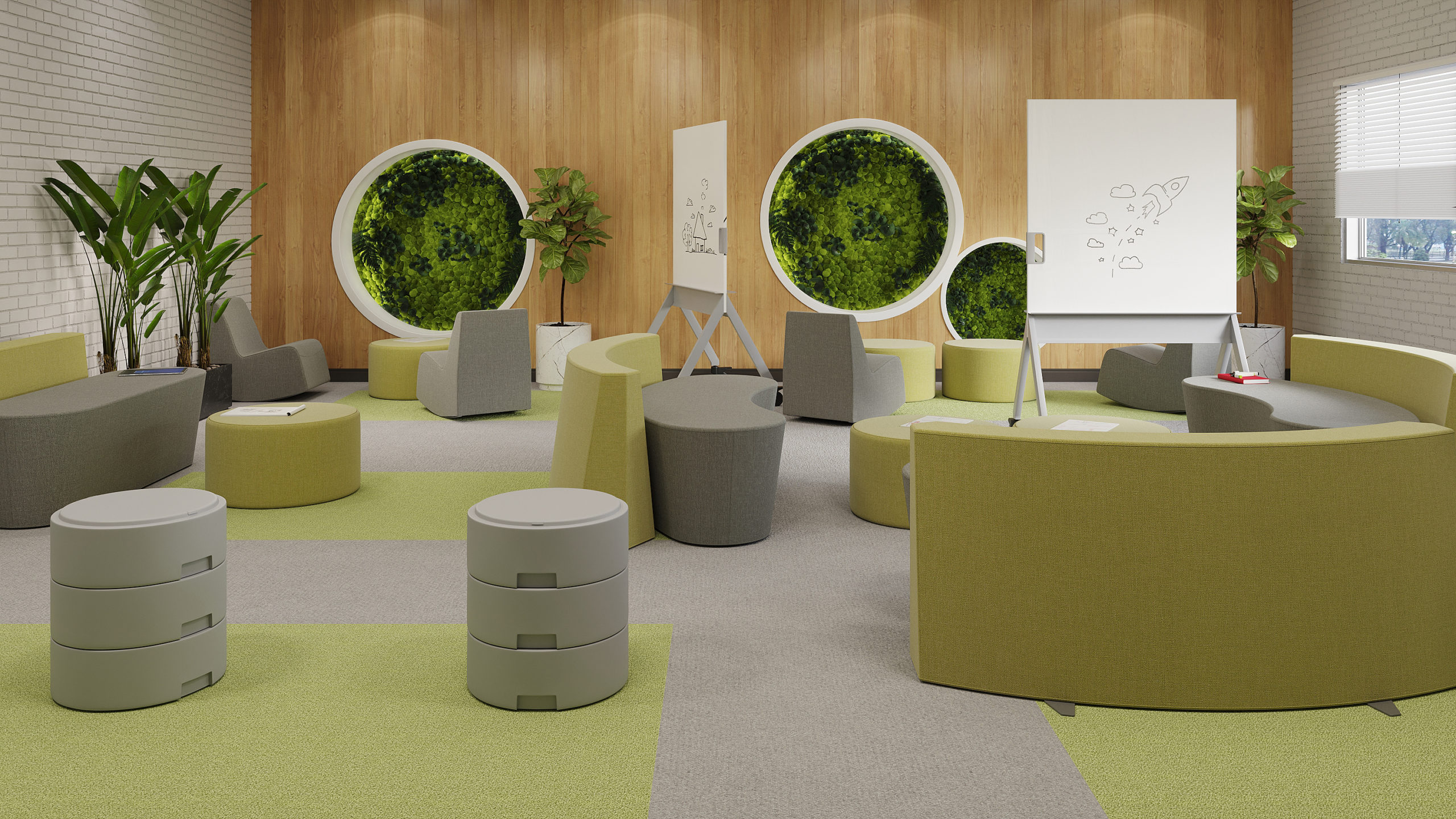Creating a calm and peaceful classroom environment is fundamental to enhance learning and teaching experiences. A serene atmosphere not only supports students’ academic performance but also contributes to their emotional wellbeing. Below are 17 tips and resources that can help educators build and maintain a tranquil classroom setting:
1. Begin with Self Care: Teachers should practice self-care as stress can be easily transferred to students. Resources like the Calm app or Headspace offer guided meditations that can help reduce stress.
2. Set Clear Rules: Establishing clear and consistent rules contributes to a structured environment where students know what’s expected of them.
3. Incorporate Soft Music: Playing soft, instrumental music can have a calming effect. Websites like FreeMusicArchive provide a variety of free-to-use options.
4. Use Natural Lighting: Whenever possible, use natural light to create a warm and welcoming atmosphere. Resources on optimal classroom lighting can be found on the U.S. Department of Education’s website.
5. Flexible Seating Options: Incorporate different seating arrangements to accommodate various learning styles and encourage a sense of comfort, like bean bags or stability balls.
6. Decorate with Plants: Adding greenery helps purify the air and has a calming effect. The NASA Clean Air Study lists plants suitable for improving indoor air quality.
7. Practice Mindfulness: Allocate time for mindfulness exercises that can help students focus and reset. Mindfulschools.org provides resources tailored for educators.
8. Use Calming Colors: Color impacts mood significantly; consider painting your classroom in calming shades such as blue or green.
9. Introduce Aromatherapy: With permission, use essential oil diffusers to introduce scents like lavender which can have a relaxing effect – check for allergies first!
10. Incorporate Art Activities: Engaging in art has therapeutic benefits, so including it in the curriculum can foster tranquility.
11. Establish Quiet Zones: Create specific areas where students can go to study or decompress quietly.
12. Adjust the Noise Level: Use tools like sound meters (apps or physical devices) to monitor noise levels and set acceptable limits in class.
13. Teach Organizational Skills: An organized space reduces chaos; websites like Edutopia share strategies for teaching organizational skills in fun ways.
14. Use Positive Reinforcement: Encourage positive behavior with rewards or praise which promotes a harmonious environment.
15. Conflict Resolution Education: Teach conflict resolution skills with programs like Restorative Justice in Education to maintain peace among students.
16. Stress Management Lessons: Educate students on managing stress through activities from resources like Stress Management Society, which specialize in stress reduction techniques.
17. Regular Breaks: Allow short, regular breaks during class for movement or rest, this keeps energy levels balanced and minds focused.
Each tip presented relies on both concrete tools and abstract ideas that aim at generating an ambiance conducive to learning and mental peace within an educational context. While implementing all these suggestions may not be possible at once, gradually incorporating them can lead to significant improvements in creating a tranquil classroom environment.





